Are you looking to up your landscaping game this year? Have you considered adding vining or climbing plants? Vine plants can add a unique, vertical element to any landscape. Use them to climb walls, archways, gazebos, and pergolas or for trellises and fences.
You can even plant smaller vine plants in hanging containers and watch them weep over the sides. No matter what flower type or color scheme you want, there’s a vining plant that’s perfect for your landscape.
Climbing Rose
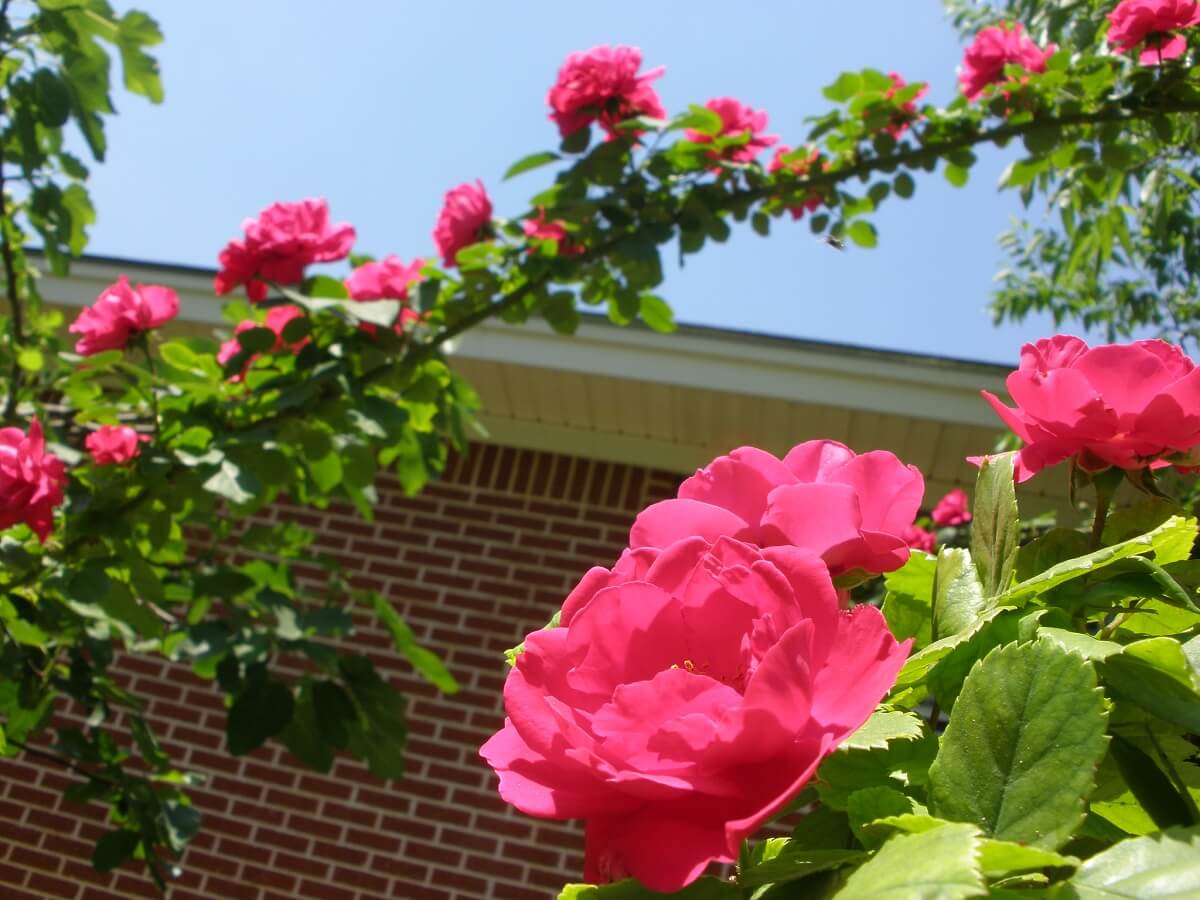
Climbing roses aren’t true vine plants, but with additional supports and trimming, they can easily be trained to climb trellises or walls. When done properly, climbing roses can create lush covers that produce a mass of blooms. If you love the fragrance of roses, climbing roses won’t disappoint. When it’s in full bloom, you can smell a mature climbing rose from across your yard.
Related Post: Growing Roses
Plan on a couple of years to train your climbing roses to fill the trellis or space you want to cover. Like non-climbing roses, deadheading them will encourage more blooms and bushier growth.
Protip: When planting your canes, place them at a 45-degree angle rather than straight up. This will encourage the plant to grow leaves over the entire cane, not just at the top. For the most vigorous climbing roses, look for Souvenir de la Malmaison, Royal Sunset, or Iceberg varieties.
Sweet Pea
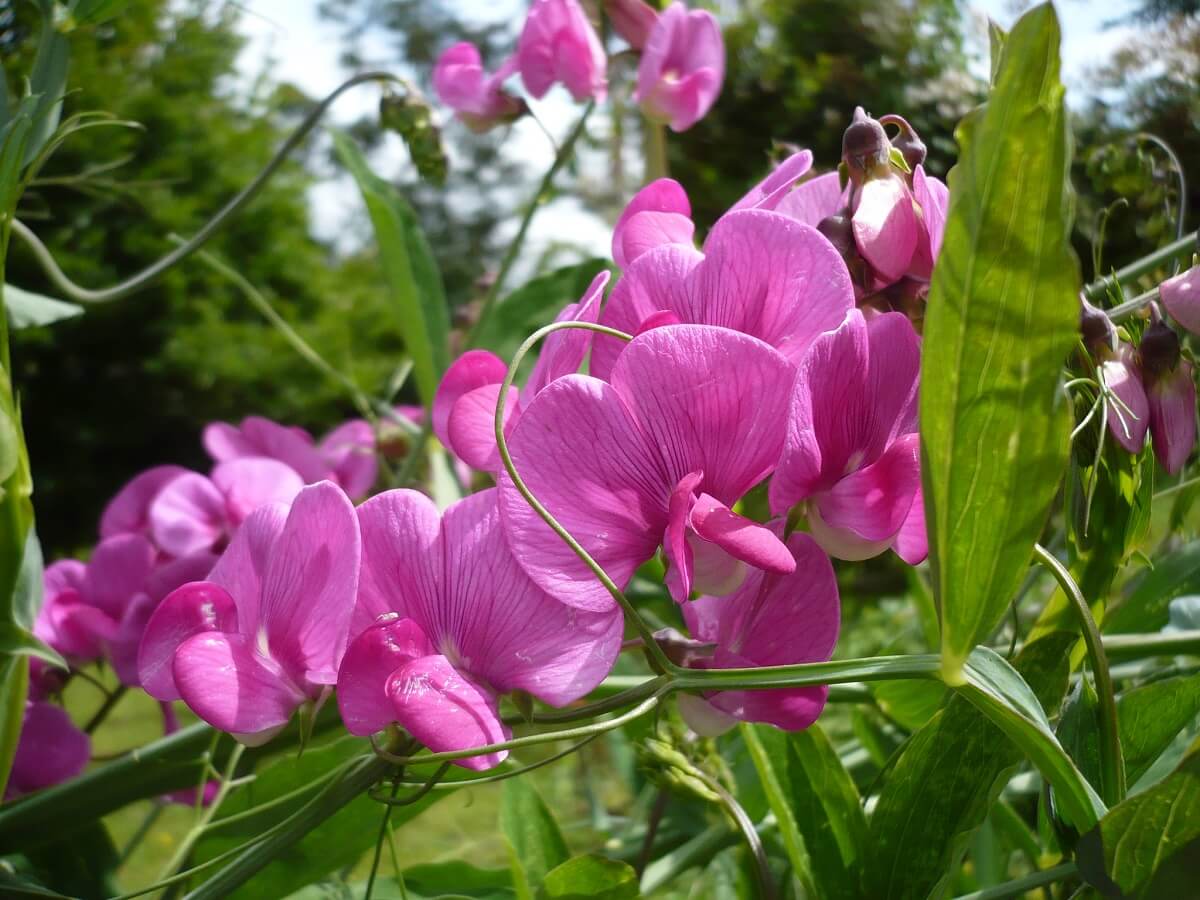
Sweet peas are a must-have in any cut flower garden. Their sweet scent is perfect for adding nostalgic smells to colorful bouquets. Sweet peas are annual plants and must be seeded every year. In milder climates, sow seeds in the fall. If you have colder winters, wait until the spring to sow sweet pea seeds. You can also get a jump start by starting seeds indoors and then transplanting them outside.
Sweet pea vine plants are fast climbers considering they are only around for one season. Most climbing varieties will reach heights up to 6 feet while some overachievers will reach lengths of 10 feet. Make sure they have a sturdy trellis or fence to grow.
Use chicken wire to surround posts or other things that you’d like for your sweet peas to climb. When buying sweet pea seeds, make sure that you’re not buying a bush variety if you want them to climb. Heirloom or old-fashioned varieties usually climb the best and have the strongest fragrance.
Boston Ivy
You’ve probably seen older English homes with walls covered in ivy. This classic look can make any home appealing in the landscape. Boston ivy is easy on your home and masonry and will grow without causing damage or cracks. It’s also one of the fastest-growing vine plants, meaning you’ll be able to enjoy the lush, filled out look sooner.
Boston ivy isn’t a true ivy but is in fact related to grapevines. Boston ivy will lose its leaves in the winter. Before the leaves drop, the foliage will turn a brilliant, scarlet red color.
The fact that it fills out with leaves during the summer and drops them during the winter will help your electric bill. In the summer, the leaves will help shade the wall or space. In the winter, when the bare stems are showing, sunlight can reach the wall and allow in the heat. It does mature quickly, reaching lengths or heights of 30 feet in as little as five years.
Editor’s Warning: Ivy can be aggressive if you give it a lot of room to sprawl out to the point of becoming invasive and killing off other plants. For example, given the chance to climb up trees, it can kill them by shading out their own leaves. If you do play ivy, but sure to trim it back every couple of years to make sure it stays where you want it to be.
Bougainvillea
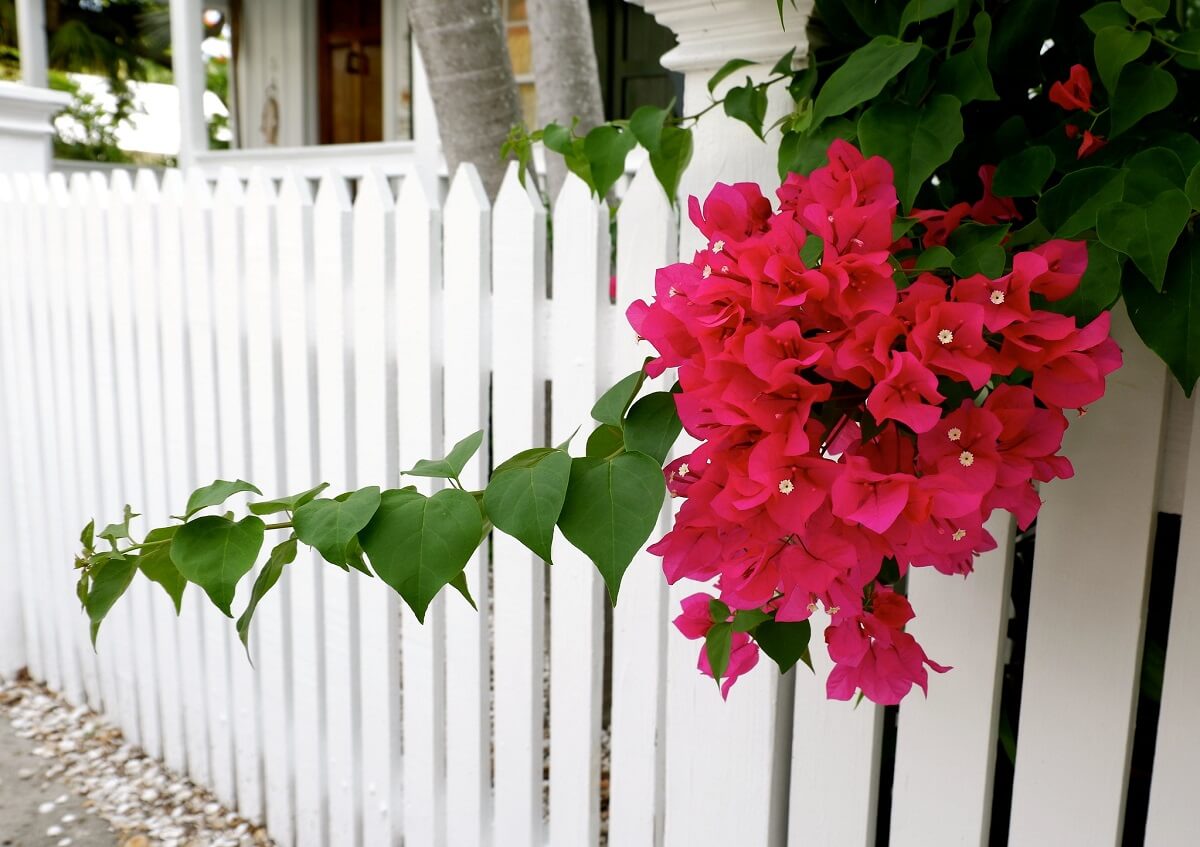
A Bougainvillea is the queen of producing vibrantly colored blooms. If you live in a milder climate, you can grow it and get blooms year-round. Bougainvilleas aren’t cold-hardy and will die back if winter temperatures dip below 30 degrees. Older, established plants can handle one or two random cold nights better than younger ones.
Bougainvilleas are true climbing plants that will readily grow up almost any structure that you plant them against, so be sure that you only plant them where you want them to climb. Some varieties will reach lengths of over 25 feet, but it’s possible to find smaller varieties if your climbing space is limited.
Bougainvilleas will have more colorful blooms if they are planted in full sun. Look for Miss Alice, Barbara Karst or California Gold varieties for showy displays.
Passion Flower
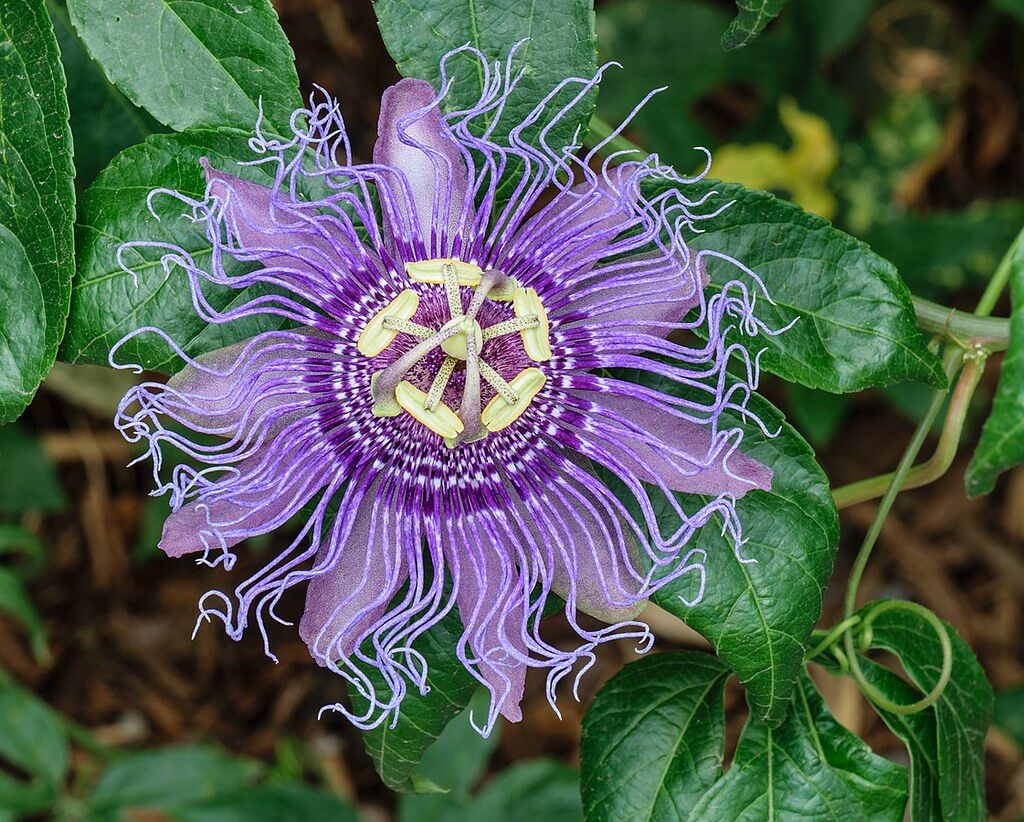
Are you looking for vine plants that have a really unique bloom? Passionflowers are hardy, good climbers that have an almost tropical vibe to them. Their other-worldly blooms are eye-catching and make excellent conversation starters. And if you’re looking for a functional climbing plant, many varieties also produce edible fruit.
Related Post: Homestead Stories: The Purple Passionflower
Passion flowers are one of the most versatile vines on this list since they can be grown nearly anywhere. Don’t let their tropical look fool you; they don’t require tropical temperatures to thrive. You can grow them in the partial shade or full sun of USDA zones 5 to 12 with ease.
Passiflora caerulea creates blue blooms, Passiflora coccinea produces red blooms and Passiflora incarnata produces purple blooms. If you want passion flowers that produce edible fruit, look for Passiflora edulis.
Climbing Hydrangea
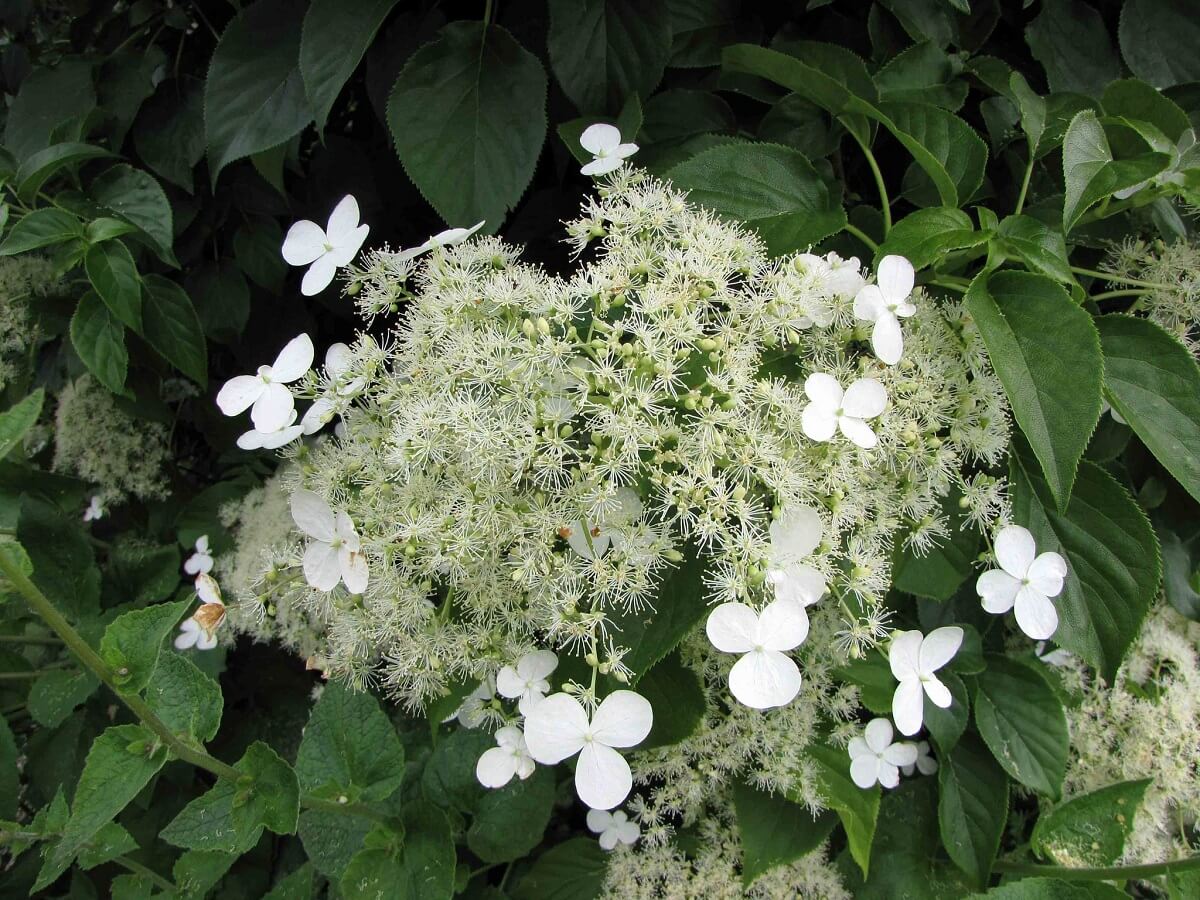
One of the most popular flowering landscape plants is by far the hydrangea. They produce beautiful, fragrant blooms and are easy to care for, and there is a climbing variety! Climbing hydrangea vine plants (Hydrangea petiolaris) produce strong, woody vines that can grow up to 50 feet in length. They’ll bloom just as well in partial sun as they will in full.
Since the vine is so strong and heavy, be sure to plant it against a strong structure like a brick or stone wall. If you plant it along a fence, plan on it becoming a permanent part of the structure since it will quickly take over with sturdy stems. Most climbing hydrangeas have white blooms. A new variety, Miranda, has white blooms with attractive, variegated cream and green leaves.
Trumpet Vine
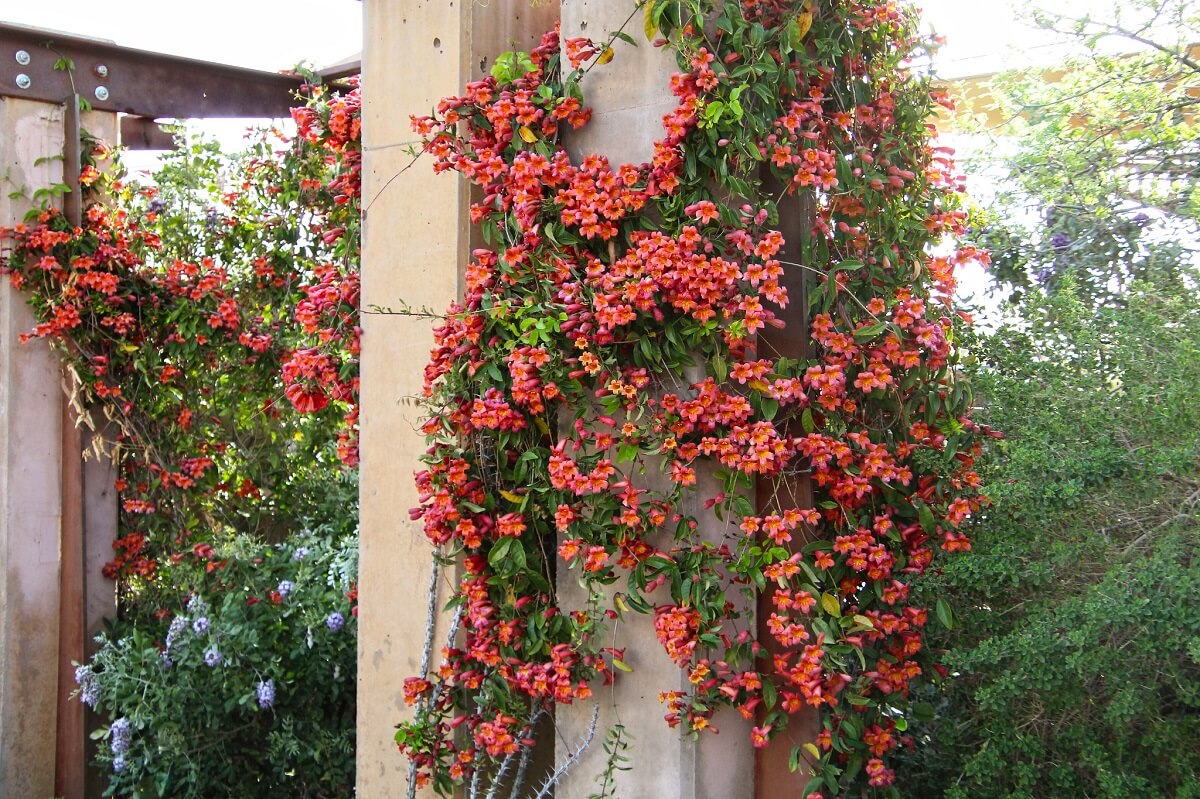
Trumpet vines are fast-growing vine plants that are extremely easy to tend. In fact, some gardeners consider them invasive because of how readily they grow and spread. Proper trimming and pruning will keep your trumpet vine under control. One of the benefits of trumpet vines is the appeal they have to pollinators like hummingbirds. The vibrantly colored blooms can be shades of yellow, orange, or red.
Trumpet vines are perennial vine plants that produce strong, woody stems. The vines can reach lengths of 40 feet in one growing season. They will bloom vigorously during the summer and die back in the winter. Keeping trumpet vines pruned properly is key to having their rapid growth under control. If you’re concerned about them getting out of control, you can plant them in a container to limit root growth. A 5-gallon bucket without a bottom (or another large bottomless container) can be planted in the ground to help limit growth.
Wisteria
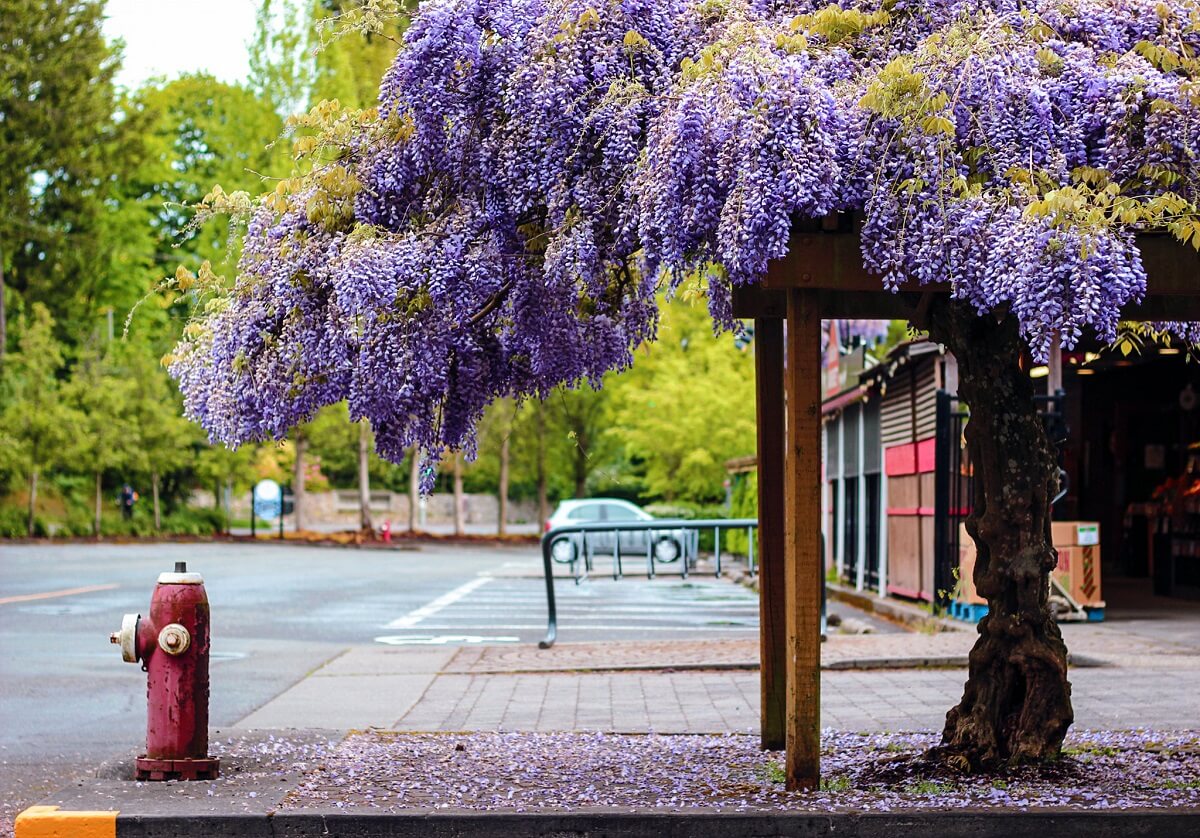
Wisteria are amazing blooming vine plants. In the spring, the vines are covered with huge clusters of lilac and purple-colored blooms that resemble clusters of grapes. The blooms hang attractively from the vine and will produce a feast for the senses with their strong fragrance. Wisteria blooms will attract so many pollinators that these flowers can be heard buzzing.
There are two main types of wisteria: Asian and North American. Asian wisteria varieties like the Chinese wisteria and Japanese wisteria are considered invasive species. If you’re adding wisteria to your landscape, try to avoid these varieties even though they are readily found in garden centers. Instead, opt for the native American wisteria or Kentucky wisteria for the same look.
Virginia Creeper
When you first glance at a Virginia creeper vine, you may think it is poison oak. These fast-growing vine plants aren’t poisonous, despite their resemblance to poisonous vines. Virginia creeper is extremely easy to grow and a good way to add a pop of fall color to your landscape. The green foliage will turn a deep, scarlet red in the fall.
It can be grown in full sun or full shade. Virginia creeper also thrives in both soggy soils and dry, making it extremely adaptable and suited to nearly any growing condition. After a while, you may find that you need to prune your Virginia creeper since they can reach lengths of 90 feet. Trim it back annually to keep the growth in check. Avoid planting Virginia creeper on or near trees. The vines will grow up the trees and can quickly overtake them.
Clematis

This is one of the most popular vine plants and is commonly seen growing around mailboxes, up fences, and along trellises. Clematis vines produce beautiful big blooms that are so pretty they almost look fake. These perennial vines produce colorful blooms that can be nearly any color including white, deep red, lavender, deep purple, or yellow. Most clematis prefer to be in full sun to bloom well, although it is possible to find some varieties that bloom in partial shade.
Pruning your clematis properly will depend on the type of clematis you get. Some types will bloom only on last year’s growth, so you’ll want to avoid cutting back to the ground. Others can be cut back to the ground since they only bloom from the current year’s growth. If you’re not sure which type you have, leave the previous year’s growth in place until mid-spring when you can determine where the blooms and leaves are sprouting.




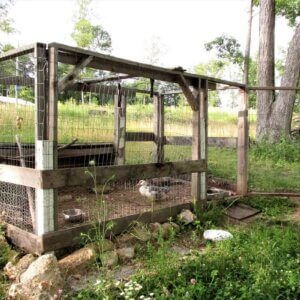
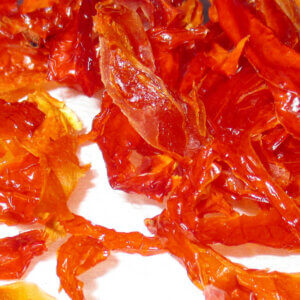
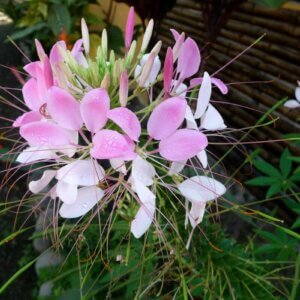


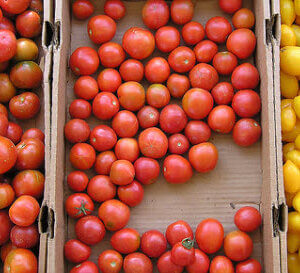
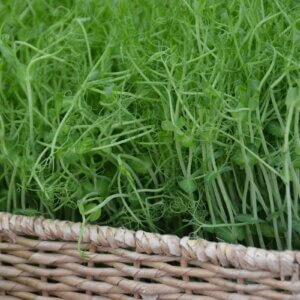






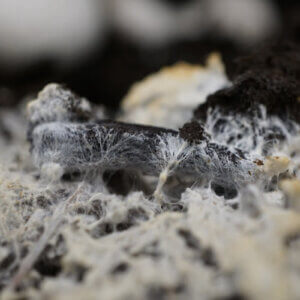
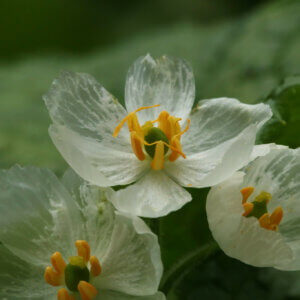


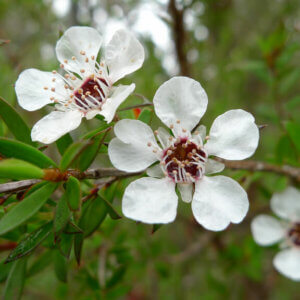


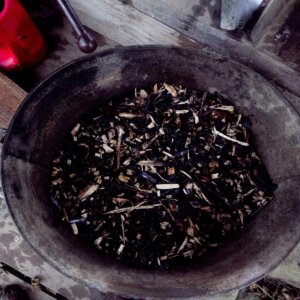






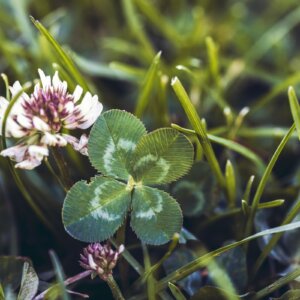

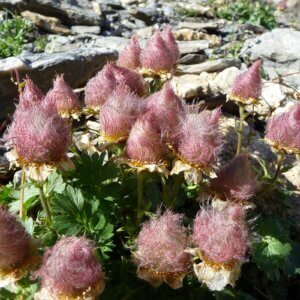




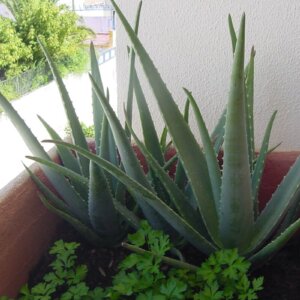
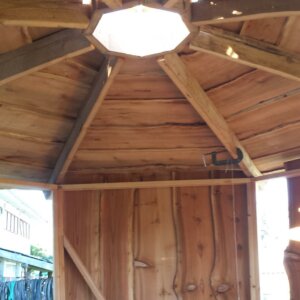

Leave a Reply